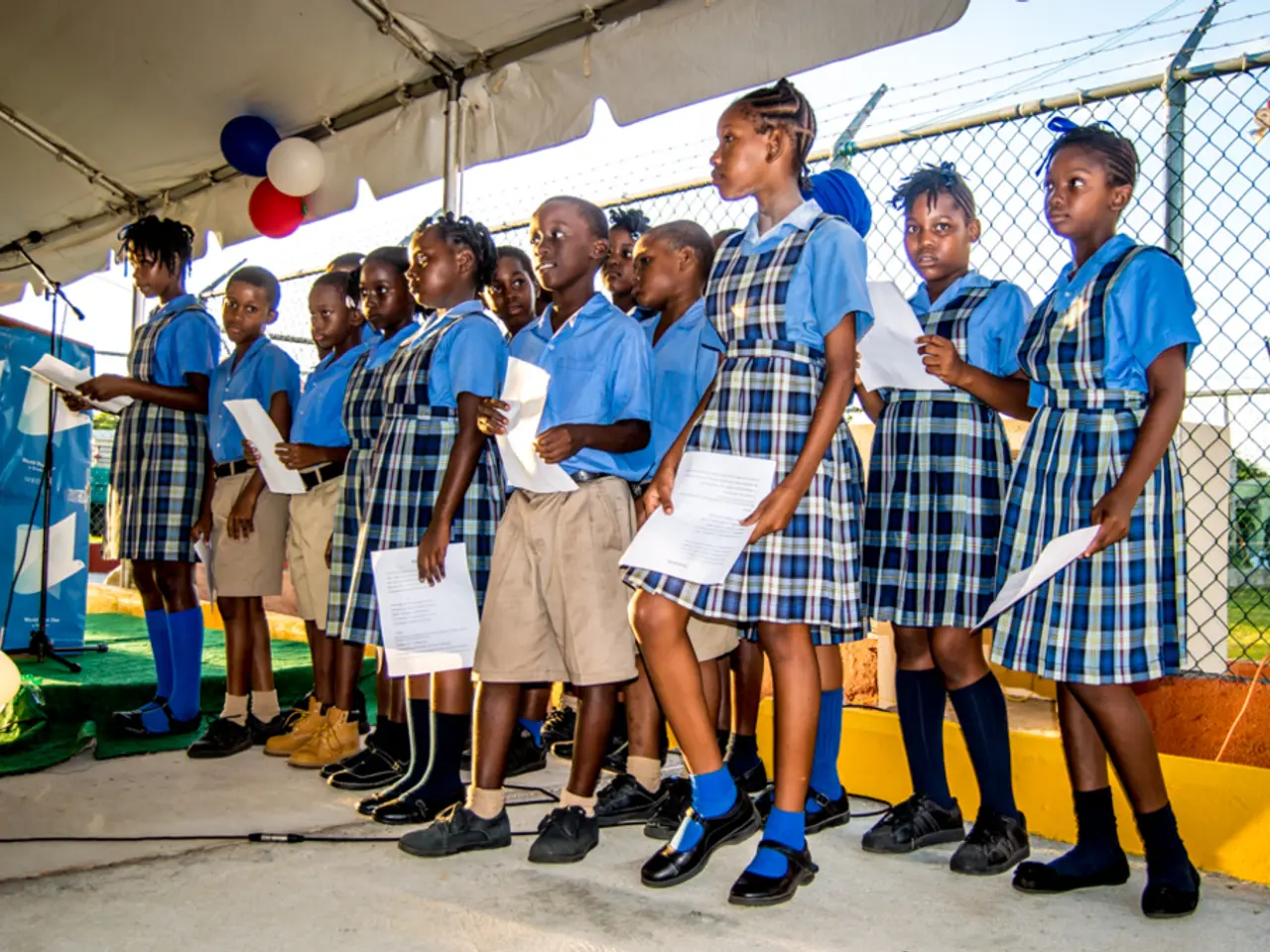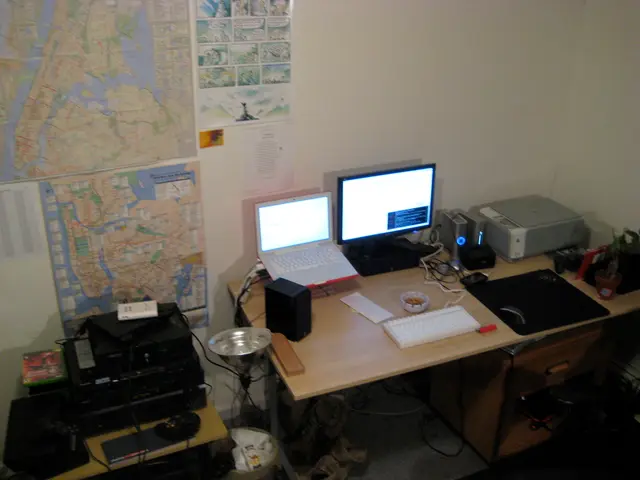Classroom bullying: the overlooked spots of abuse - backyard, dining room, restroom
Schools are supposed to be safe havens for children, but for many, the reality is far from ideal. A 10-year-old boy named David has been suffering from bullying for three years, with taunts, insults, and physical punches. The most repeated scene of bullying has always been the playground, accounting for seven out of ten cases, particularly in primary school.
Teachers are often assigned to supervise recess time, but they are not always enough for a crowded playground. Moreover, not all teachers have the attitude and preparation required to handle bullying situations effectively. This leaves children vulnerable, especially in areas with little adult supervision, such as the playground, cafeteria, bathrooms or locker rooms, and school buses.
The dining room, often without teachers, is supervised by external monitors who do not have the same link or authority over the children. As a result, the "law of the jungle" often prevails, leading to frequent bullying. Children are increasingly resorting to comments about their peers' physical appearance and eating habits as a way to disrespect them in the dining room.
Ineffective protocols in schools can protect the institution more than the children, causing frustration for parents trying to address bullying issues. To prevent such cases, the school assigns teachers to different sectors of the playground and prohibits the use of mobile phones or conversation among them. However, many teachers run away before the children during recess, which does not help in preventing bullying.
In a playground incident, David was hung between two bullies and turned purple, despite three teachers being assigned to supervise. This highlights the need for better training and a more proactive approach to bullying prevention.
The solution to prevent bullying involves working with tools that help students disable harmful dynamics. For instance, training student observers can be an effective strategy. Many educational centers implement "student helpers" or patrols of committed students to improve coexistence and facilitate communication between classmates and teachers.
Bathrooms and changing rooms are especially delicate due to the physical and emotional vulnerability of minors, making them prone to bullying. Any comment about someone's body, laughter while a peer changes their clothes, or secret photos can cause deep harm to students in these areas.
To combat bullying effectively, it is essential to involve the entire school community. AEPAE promotes alternative programs that integrate the dining hall and after-school monitors, ensuring that everyone is equipped to recognise and respond to bullying incidents. External monitors, with specific training, can detect and communicate bullying incidents in the dining room.
Workers in school canteen rooms typically include kitchen helpers, housekeepers, and staff responsible for meal preparation and serving. While they have basic training in food hygiene and safety, there is little specific public information on targeted training for bullying prevention, detection, and interruption among these employees. The available job descriptions emphasize food handling skills but do not mention specialized anti-bullying education or protocols for monitoring social interactions in the canteen.
Warning signs of bullying include changes in usual behavior, outbursts of anger, fear of going to school, stomachaches, headaches, insomnia, nightmares, decreased academic performance, and any adult close to the children can detect these signs and become a crucial figure in stopping their suffering.
It is crucial that schools take a more proactive approach to bullying prevention, ensuring that all areas of the school, including the playground, dining room, bathrooms, and changing rooms, are safe for all children. By implementing effective programs and training, we can help create a more positive and inclusive school environment for everyone.
Read also:
- Crisis in a neighboring nation: immediate cheese withdrawal at Rewe & Co, resulting in two fatalities.
- United Kingdom Christians Voice Opposition to Assisted Dying Legislation
- Democrats are subtly dismantling the Affordable Care Act. Here's the breakdown
- Antisebum skincare products (cream, cleanser, and moisturizer) advocating for self-acceptance and skin confidence.








